PrestaShop WhatsApp Business Order Notifications: Notify or alert your customers of time-sensitive information, such...
Print on Demand Basics: 5 Things Every Beginner Should Know
Printing on Demand Basics: 5 Things Every Beginner Should Know
Are you interested in learning some printing on demand basics?
With so much information available, it's easy to get lost when exploring this business model.
Through this article, you will understand the complexities of printing on demand and will obtain the most comprehensive information.
This article will cover the basics of PODHow it works and some important tips for those just starting out.
What is print on demand?
Print on demand is when you partner with a supplier to sell products customized to your designs and ship them on a per order basis.
This means that you are not required to pay until after the product is sold, which means that this business model involves little risk.
Print on demand is a great business model for anyone looking to sell their customized products without having to deal with inventory and shipping logistics.
It saves time, energy and frees up money that would otherwise be spent managing physical inventory.
Here's an illustration of how the process looks:
Some of the benefits of printing on demand are:
· There are virtually no overhead and startup costs.
· Print on demand companies have the flexibility to offer a wide range of products, from T-shirts to mugs to phone cases.
· Print on demand businesses generate passive income, but also provide the opportunity for creative expression and growth potential.
5 Tips for Starting a Print on Demand Shop
Let's start with some tips to help you start a print-on-demand business!
1. Select a platform to sell your products.
When it comes to selling products online, the first step is to decide on a platform.
Do you want control and customization over your website setup, or would you rather use an existing platform with a built-in audience?
If you decide to start a print on demand business, some of the platforms you can sell on include:
Self-hosted website ( WooCommerce)
Etsy
eBay
Amazon
Each option has its pros and cons.
If you go the route of setting up your own website, platforms like Shopify canMake it easy to create an attractive and functional online store. However, this also means building your own audience.
On the other hand, marketplaces like EtsyOr eBayAlready has a large customer base, but may come with higher fees or restrictions.
Ultimately, it depends on the features and level of control you prioritize when selling your products online.
Some ways to excel in your field of specialization:
· Build a following on social media platforms and create content that serves your target audience.
· Connect directly with influential leaders in your niche or industry.
· Start an email list and collect emails through social media or website.
Although narrowing your audience may seem counterintuitive, it can help:
· Boost sales
· Lower marketing costs
· Help establish your brand as an authority in the field.
So narrowing down a specific niche not only helps you better target and attract the right audience, but it also allows you to focus on their specific needs and wants.
This can make it much easier for you to develop and customize your marketing strategy, resulting in more effective and successful campaigns.
2. Create unique brands and products
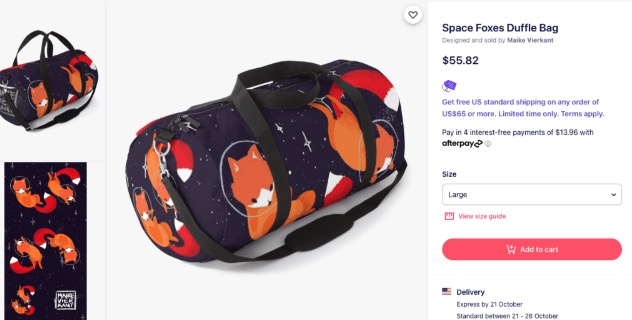
With countless other sellers offering similar products, it can be difficult to stand out and make sales.
So it's important to take a unique stance to attract customers to your store.
Some areas you can excel in include:
· Make any logos, banners or any business materials unique.
· Create unique product designs for your company.
Make your overall customer experience unique.
· Be willing to take risks and think outside the box to separate yourself from the endless sea of generic products.
Although it may take more effort, differentiating yourself in a saturated market is crucial to success.
3. Take a strategic approach to shipping
Shipping is half the battle when it comes to your print on demand business.
Even if you're not actually responsible for packing and sending products, the shipping process can have a significant impact on the customer experience.
·
Some ways to make shipping easier include:
· Search for shipping options and find the best prices.
· Compare production times between different suppliers.
· Provide order tracking updates to keep customers updated on the status of their purchase.
· Providing customer service in case of any delivery problems.
· Communicate regularly with your implementation partners.
Delays and high shipping costs often result in negative feedback and decreased sales.
Therefore, it is important to consider production times as well as any other delays so that customers have realistic expectations of when they will receive their goods.
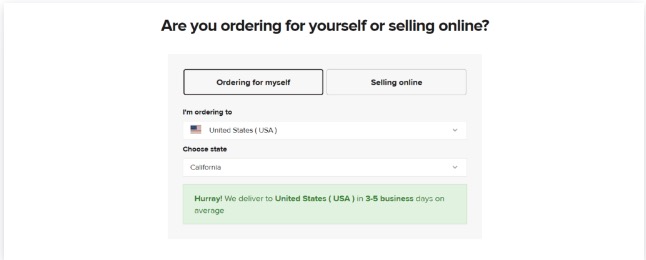
Shipping Time Example from Printful
Staying on top of shipping also requires constant communication with fulfillment partners and tracking any changes or updates in the industry.
Ensuring a smooth shipping process is critical to customer satisfaction and overall success in your print on demand business.
4. Ensure your success by having a plan
Starting a print on demand business can be an exciting opportunity to turn your passion for design or illustration into a profitable venture.
However, if you don't have a plan, it can quickly turn into a problem
To ensure success, start by considering some of these things:
What type of products will you sell?
Who will fulfill the orders you receive?
What platform will you use to build an audience and sell your products?
Where will this startup money come from?
With a solid plan, you can increase your chances of success.
The business plan helps define your goals and how to achieve them, in addition to providing a road map for the future growth of your company.
It also allows you to analyze potential challenges and create strategies to overcome them.
What are the costs of starting a print on demand business?
Let's check out some of the potential costs that can come with starting a print on demand shop.
For example, let's say you want to start a POD storeOn Shopify. Let's take a look at some of the expenses that can come with that:
ShopifyBasic Plan: $39 per month G-Suite
Account : 3Dollars per month
Domain registration: $14
Page builder apps: $15 per month
T-shirt product sample: $13 + shipping
Total upfront costs: ~$90
Total monthly costs: ~$57
Again, this is just an example; Naturally, you can find cheaper or more expensive options depending on the tools you choose and the products you sell.
Don't forget about marketing your business and the associated costs as well.
Frequently asked questions about printing on demand
Still have questions about print on demand?
Fortunately, we've compiled a list of some frequently asked questions:
Who is print on demand for?
A hobbyist looking for new ways to monetize their passion or an established brand looking for an effective way to expand its product line. Print on demand has something to offer everyone!
What's the difference between dropshipping and printing on demand: What's the difference?
One of the main differences between dropshipping and print on demand is that with dropshipping the supplier never makes any changes to the product. However, with print on demand, the supplier creates the product according to your custom design.
Can you make money with a print on demand business?
Printing on demand can be profitable. There are a lot of people starting print on demand shops now, but if you have the right mindset
How to choose a POD suppliergood?
When choosing a print on demand supplier, it is important to do your research first. Make sure to read reviews and compare prices before making a decision.
Consider the specific services each supplier offers to ensure they can meet your needs.

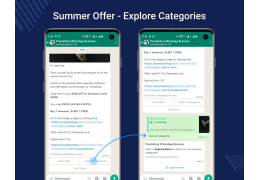


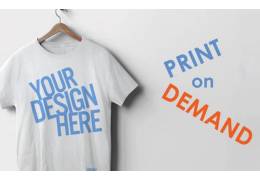


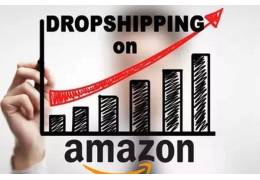

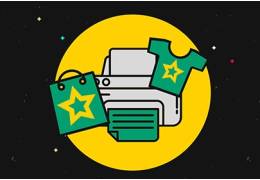



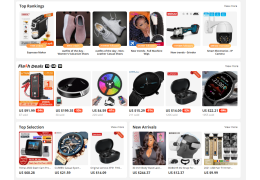

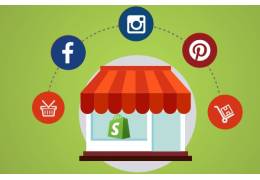

Leave a comment